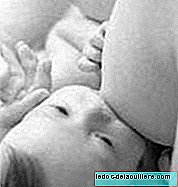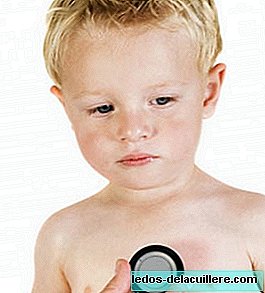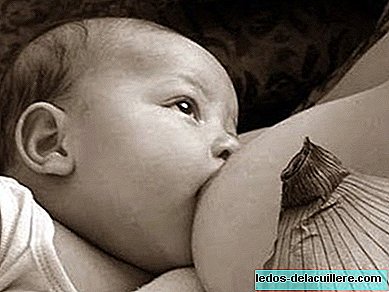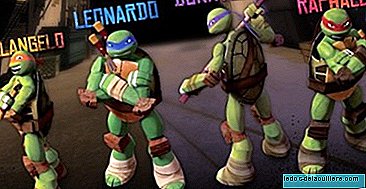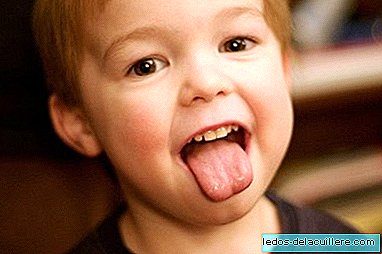
Sometimes it happens that when our child has trouble articulating a sound correctly, they tell us that it is because he does not perform the praxies correctly. That's fine but ... What are praxias?.
Before clarifying this term, I remind you that it is very important that our son has a very precise agility and coordination of movements to speak correctly.
And that is precisely what praxias are: organized movements, of greater or lesser difficulty, that are made to achieve a goal (In this case, pronounce the different phonemes correctly).
Because not only activities related to speech are performed in the mouth, it should be borne in mind that the more or less difficult realization of the movements could involve the breath, the feeding…
The most common exercises that are performed when a child has some difficulty in performing the praxias, usually include movements that include the lips, tongue, muscles near the mouth, jaw or veil of the palate.
In addition, as we always say, every child is a world, and they cannot perform the same movements at the same age, and the famous rotacism is a clear example.
To make this sound requires great agility and coordination of the language, which is generally acquired at six years; but this is not universal in all children, since there are some who acquire it a little later or even before that age.
How are praxias practiced?
To facilitate proper articulation it is necessary exercise and streamline previously the organs involved in it. For this, the easiest thing is that both the adult and the child sit in front of a mirror; in this way you can observe the movements that are made and compare them
Thanks to this position, the child will be able to see the progress achieved as he acquires greater agility, coordination and strength in his muscles, achieving the positions that coincide with the most important points of articulation.
It is very important that when doing these exercises let's not try to correct the poorly articulated phoneme, but teach you a new one, so that, once achieved, replace the defective one.
If we do the opposite, we could get him to focus excessively on correcting the joint that was poorly formed, thinking about the new positions that his articulation organs have to take, thus creating useless tension in all the organs that he has to put into play.
Praxis exercises should be of short duration (two to three minutes long and with intermediate breaks), to avoid both muscle fatigue and fatigue and lack of motivation on the part of the child.
There will also be several series of repetitions, since this way we achieve the necessary associations between the exact sound of a phoneme and the precise movements of articulation, thus elaborating the correct stereotypes of the articulation of the worked phonemes.
Conclusion
There is a large list of praxias to do, but it is better that it is the professional who attends to the little one who facilitates them, since it is necessary to customize these exercises for each child when taking into account the individual differences of each one, for example if there is any organic problem (such as the lingual frenulum), see what sound is altered ...
And whenever the praxies exercises are done, they have to be done under supervision, since it is the only way for our little advance to be properly.
Remember that if you want to know more aboutwhat are praxias or any specific question, you don't have to leave your doubts in our section Babies and more Answers.



